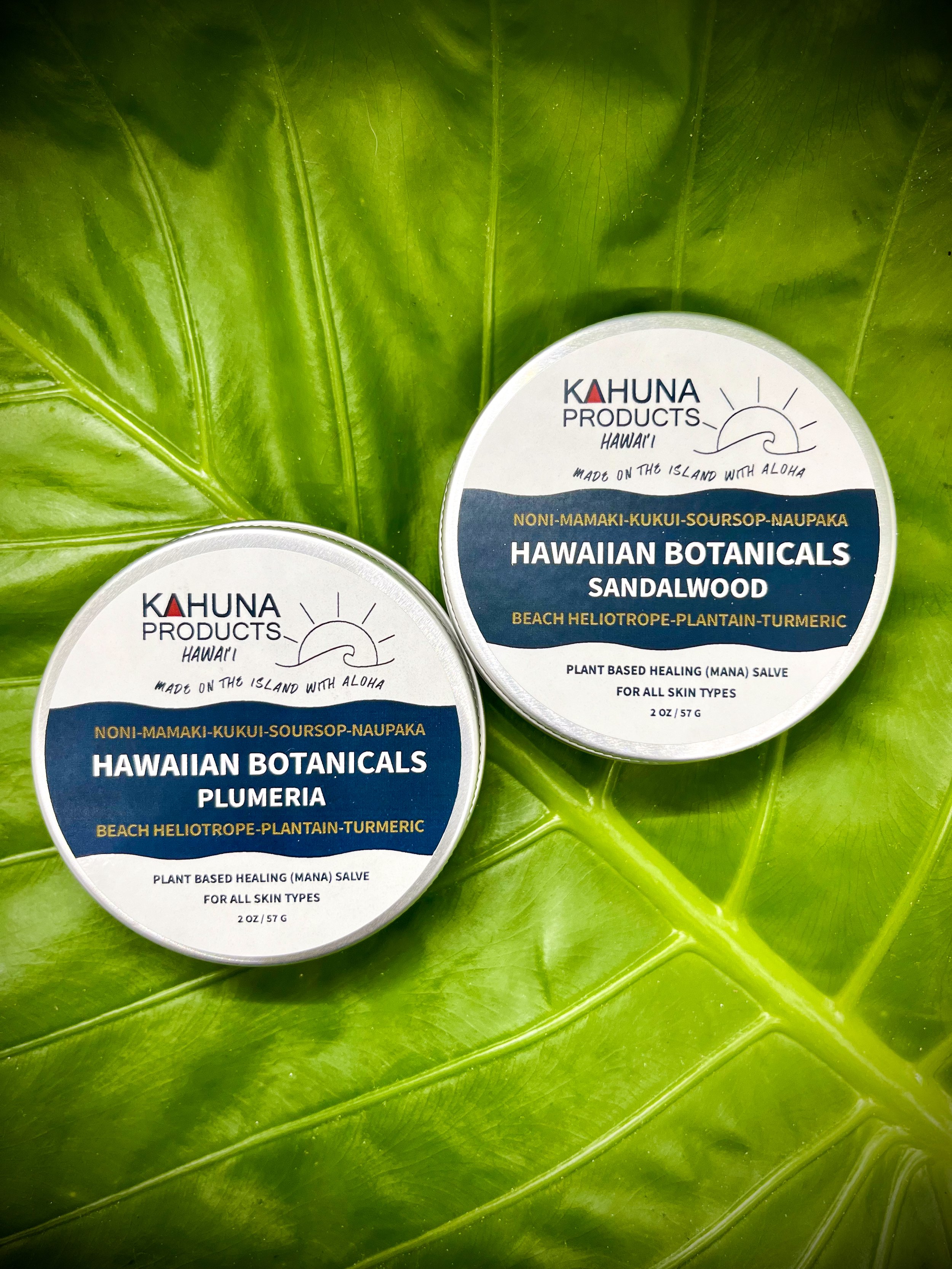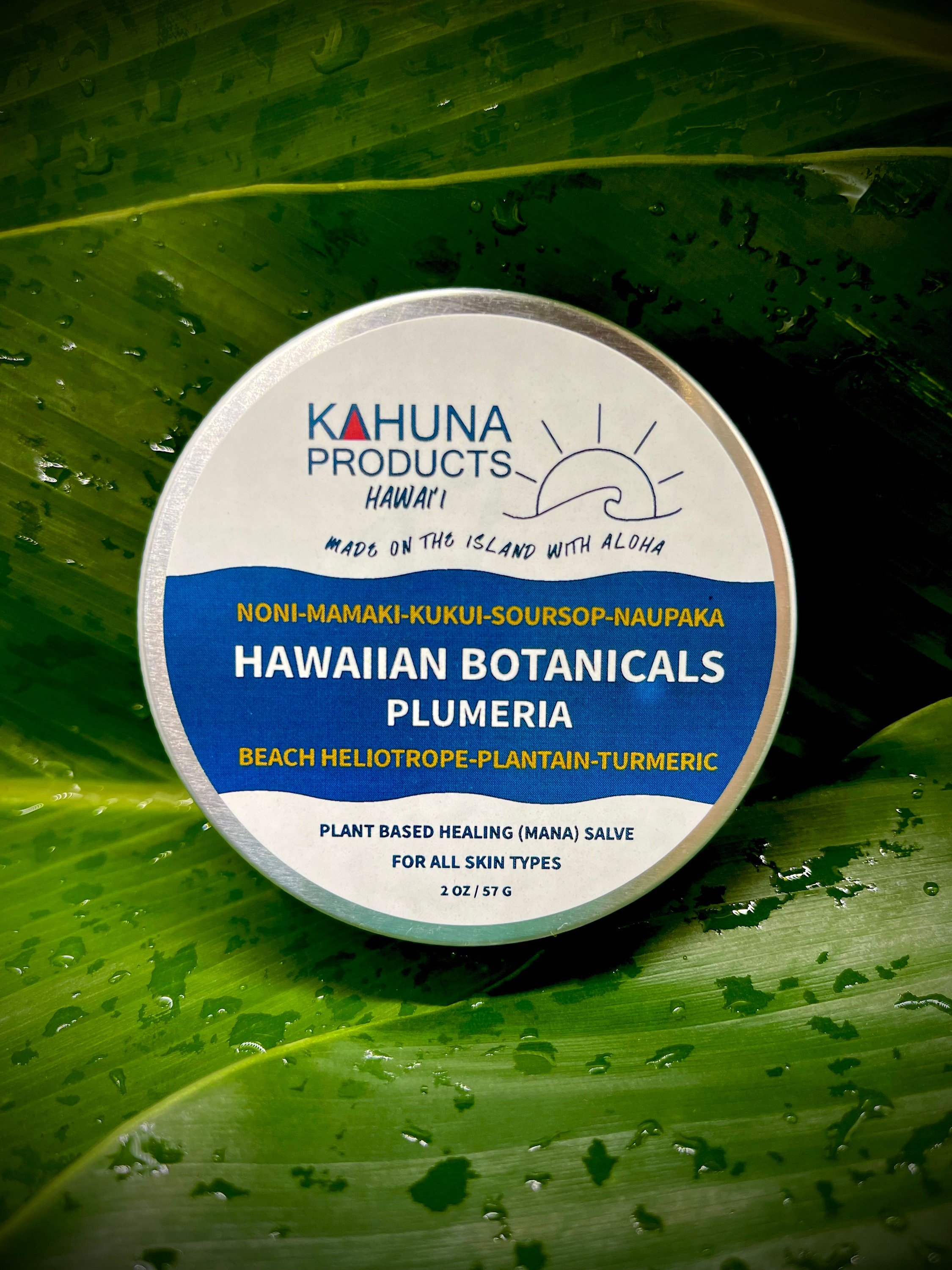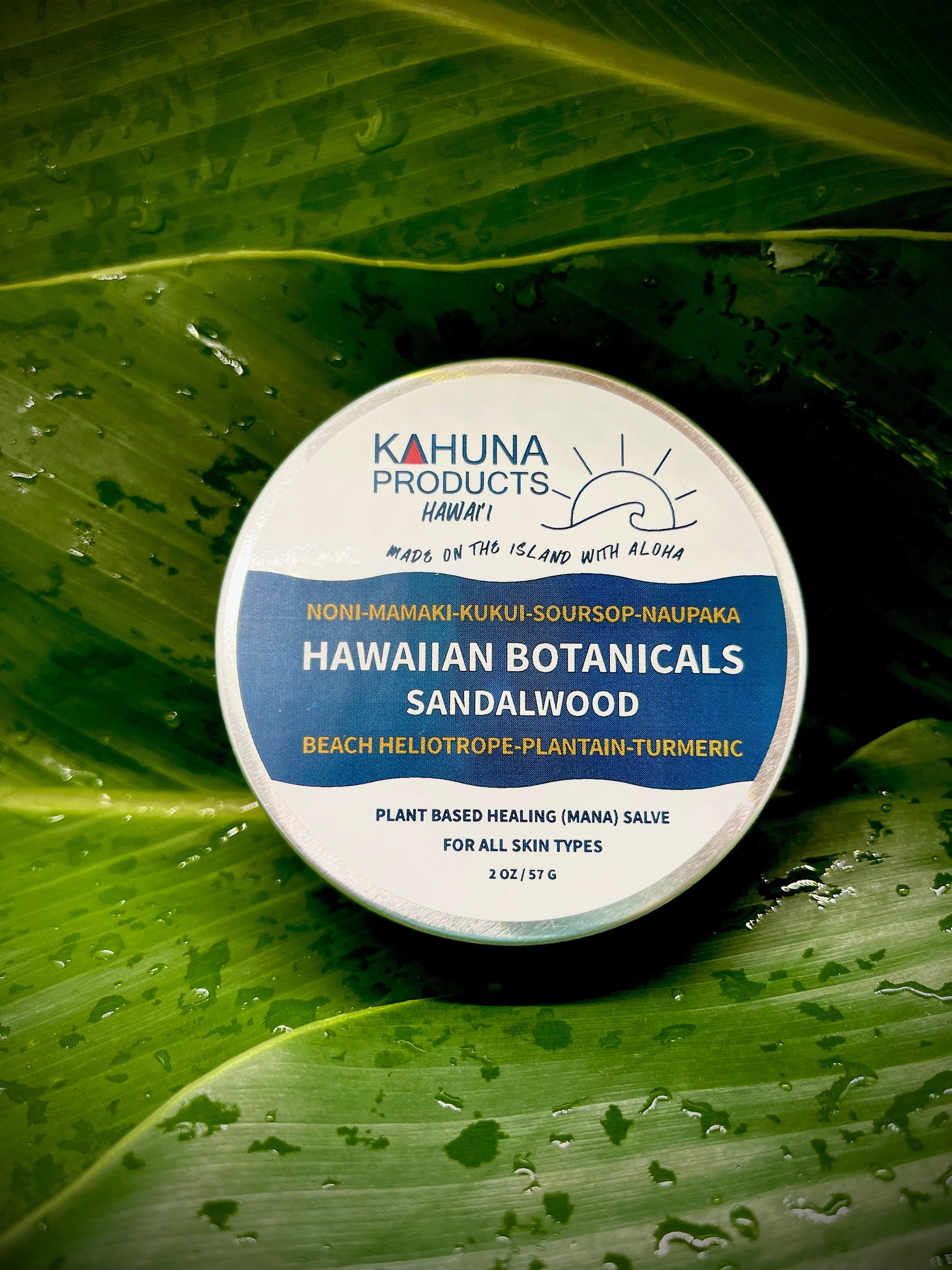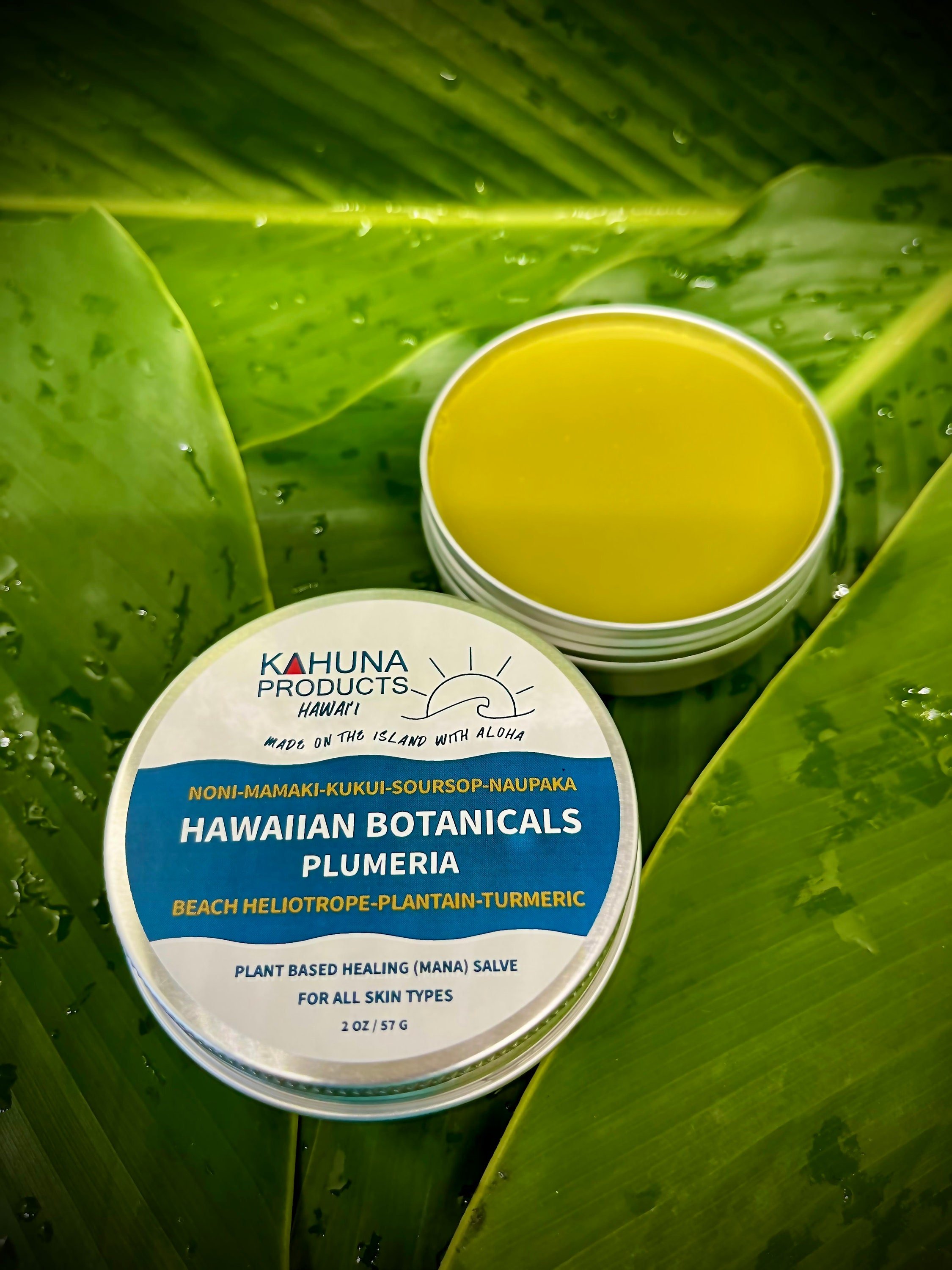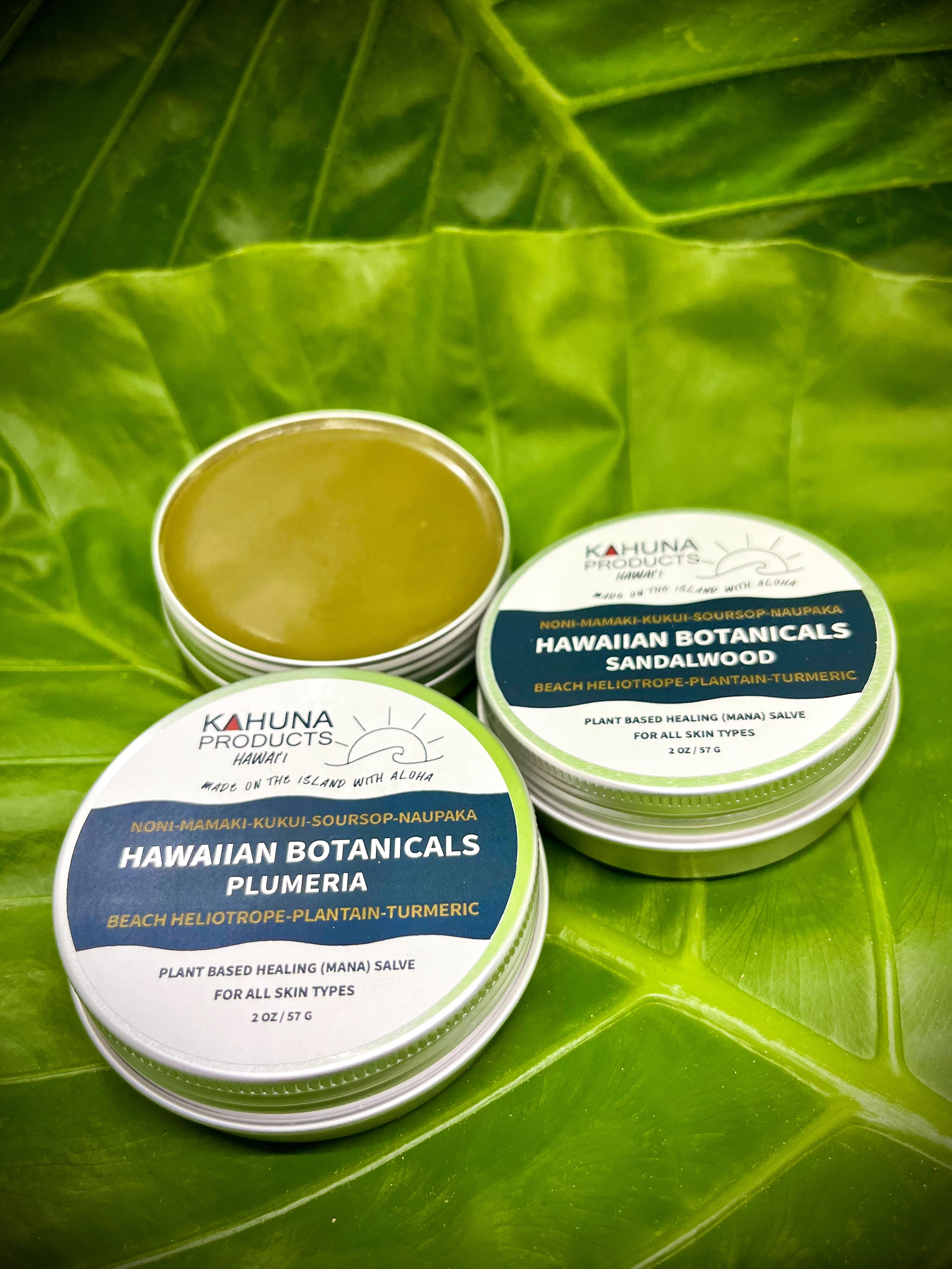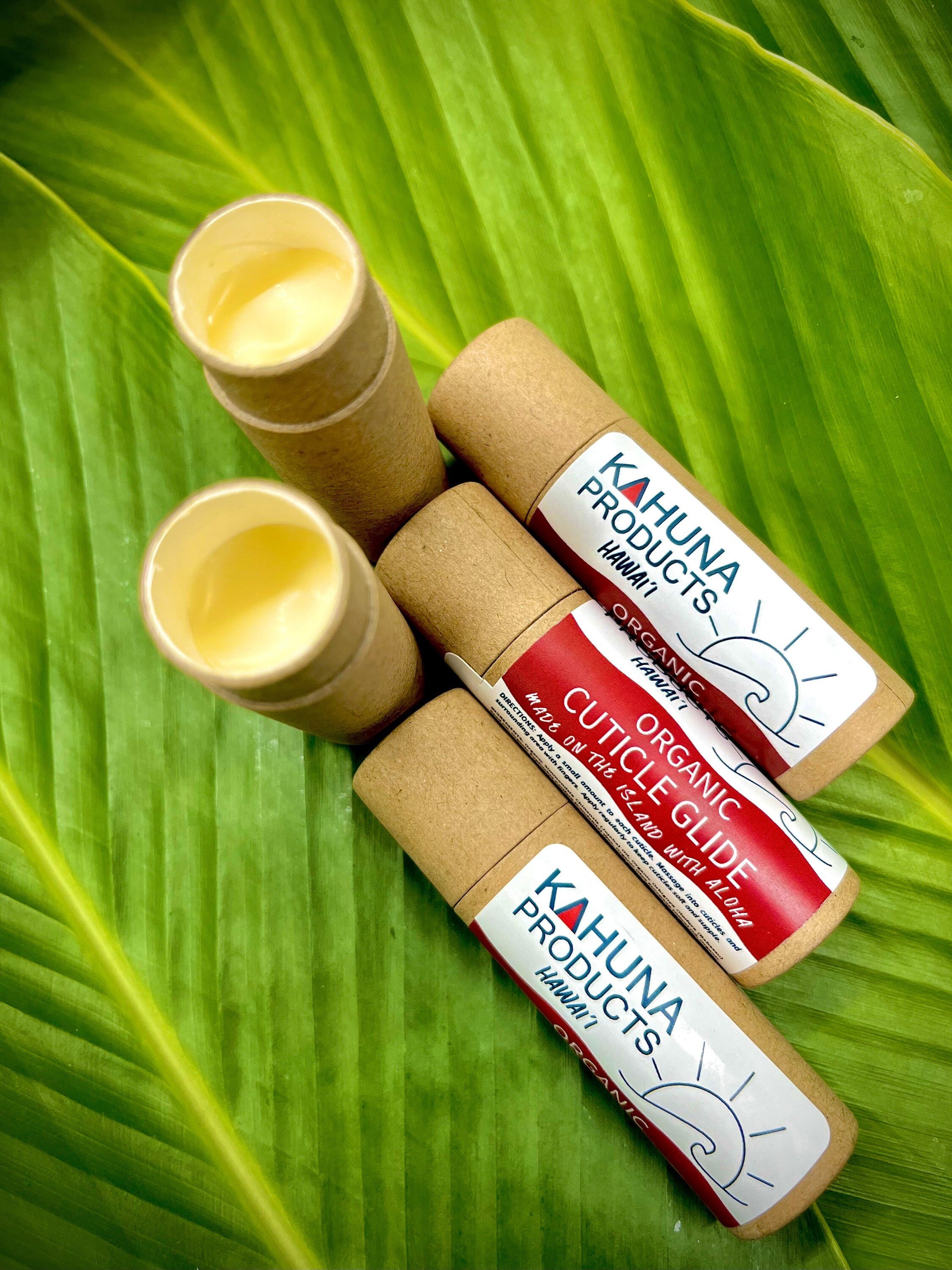 Image 1 of
Image 1 of


ARNICA OIL
Arnica montana, commonly known as wolf's bane or leopard's bane, is a perennial herb traditionally used for its medicinal properties. While Arnica montana is often associated with topical applications, its essential oil is also used in aromatherapy for a variety of benefits. Here are the primary benefits and uses of Arnica montana essential oil in aromatherapy:
Benefits of Arnica montana Essential Oil
Anti-inflammatory Properties: Arnica oil is well-known for its anti-inflammatory effects. It can help reduce inflammation and swelling, making it useful for conditions like arthritis, sprains, and muscle pain.
Pain Relief: Due to its analgesic properties, Arnica montana essential oil is used to alleviate pain from bruises, sore muscles, and joint pain. It's particularly effective in reducing pain associated with injuries and overexertion.
Healing Bruises and Injuries: The oil is often applied to bruises, sprains, and other minor injuries to accelerate healing and reduce discoloration.
Antimicrobial Effects: Arnica montana essential oil has antimicrobial properties that can help prevent infections in minor wounds and skin abrasions.
Stress and Anxiety Reduction: When used in aromatherapy, the essential oil can help reduce stress and anxiety levels, promoting relaxation and mental well-being.
Improving Circulation: Arnica oil can stimulate blood flow, which is beneficial for treating conditions related to poor circulation.
Aromatherapy Uses of Arnica montana Essential Oil
Massage Oil: Diluted Arnica montana essential oil is often used in massage blends to relieve muscle tension, reduce pain, and promote relaxation. It is typically combined with carrier oils such as almond, jojoba, or coconut oil.
Bath Soak: Adding a few drops of Arnica oil to a warm bath can help relax muscles, reduce pain, and provide a soothing effect on the body.
Topical Application: For localized pain and inflammation, Arnica oil can be diluted with a carrier oil and applied directly to the affected area. This method is commonly used for treating bruises, sprains, and sore muscles.
Compresses: Soaking a cloth in a mixture of Arnica oil and warm water to create a compress can be applied to areas of pain or injury to reduce inflammation and promote healing.
Inhalation: Though less common, inhaling the aroma of Arnica montana essential oil can help alleviate stress and anxiety. A few drops can be added to a diffuser or vaporizer for this purpose.
Safety Considerations
Dilution: Arnica montana essential oil should always be diluted with a carrier oil before topical application to avoid skin irritation.
Avoid Internal Use: Arnica oil should not be ingested as it can be toxic if taken internally.
Allergic Reactions: Some individuals may be allergic to Arnica. It's recommended to perform a patch test before using the oil extensively.
Pregnancy and Nursing: Pregnant and nursing women should consult a healthcare provider before using Arnica montana essential oil.
Open Wounds: Avoid applying Arnica oil to open wounds or broken skin.
Arnica montana essential oil offers a range of benefits, particularly for pain relief and reducing inflammation. When used appropriately in aromatherapy, it can be a valuable addition to natural health and wellness practices.
Arnica montana, commonly known as wolf's bane or leopard's bane, is a perennial herb traditionally used for its medicinal properties. While Arnica montana is often associated with topical applications, its essential oil is also used in aromatherapy for a variety of benefits. Here are the primary benefits and uses of Arnica montana essential oil in aromatherapy:
Benefits of Arnica montana Essential Oil
Anti-inflammatory Properties: Arnica oil is well-known for its anti-inflammatory effects. It can help reduce inflammation and swelling, making it useful for conditions like arthritis, sprains, and muscle pain.
Pain Relief: Due to its analgesic properties, Arnica montana essential oil is used to alleviate pain from bruises, sore muscles, and joint pain. It's particularly effective in reducing pain associated with injuries and overexertion.
Healing Bruises and Injuries: The oil is often applied to bruises, sprains, and other minor injuries to accelerate healing and reduce discoloration.
Antimicrobial Effects: Arnica montana essential oil has antimicrobial properties that can help prevent infections in minor wounds and skin abrasions.
Stress and Anxiety Reduction: When used in aromatherapy, the essential oil can help reduce stress and anxiety levels, promoting relaxation and mental well-being.
Improving Circulation: Arnica oil can stimulate blood flow, which is beneficial for treating conditions related to poor circulation.
Aromatherapy Uses of Arnica montana Essential Oil
Massage Oil: Diluted Arnica montana essential oil is often used in massage blends to relieve muscle tension, reduce pain, and promote relaxation. It is typically combined with carrier oils such as almond, jojoba, or coconut oil.
Bath Soak: Adding a few drops of Arnica oil to a warm bath can help relax muscles, reduce pain, and provide a soothing effect on the body.
Topical Application: For localized pain and inflammation, Arnica oil can be diluted with a carrier oil and applied directly to the affected area. This method is commonly used for treating bruises, sprains, and sore muscles.
Compresses: Soaking a cloth in a mixture of Arnica oil and warm water to create a compress can be applied to areas of pain or injury to reduce inflammation and promote healing.
Inhalation: Though less common, inhaling the aroma of Arnica montana essential oil can help alleviate stress and anxiety. A few drops can be added to a diffuser or vaporizer for this purpose.
Safety Considerations
Dilution: Arnica montana essential oil should always be diluted with a carrier oil before topical application to avoid skin irritation.
Avoid Internal Use: Arnica oil should not be ingested as it can be toxic if taken internally.
Allergic Reactions: Some individuals may be allergic to Arnica. It's recommended to perform a patch test before using the oil extensively.
Pregnancy and Nursing: Pregnant and nursing women should consult a healthcare provider before using Arnica montana essential oil.
Open Wounds: Avoid applying Arnica oil to open wounds or broken skin.
Arnica montana essential oil offers a range of benefits, particularly for pain relief and reducing inflammation. When used appropriately in aromatherapy, it can be a valuable addition to natural health and wellness practices.
Arnica montana, commonly known as wolf's bane or leopard's bane, is a perennial herb traditionally used for its medicinal properties. While Arnica montana is often associated with topical applications, its essential oil is also used in aromatherapy for a variety of benefits. Here are the primary benefits and uses of Arnica montana essential oil in aromatherapy:
Benefits of Arnica montana Essential Oil
Anti-inflammatory Properties: Arnica oil is well-known for its anti-inflammatory effects. It can help reduce inflammation and swelling, making it useful for conditions like arthritis, sprains, and muscle pain.
Pain Relief: Due to its analgesic properties, Arnica montana essential oil is used to alleviate pain from bruises, sore muscles, and joint pain. It's particularly effective in reducing pain associated with injuries and overexertion.
Healing Bruises and Injuries: The oil is often applied to bruises, sprains, and other minor injuries to accelerate healing and reduce discoloration.
Antimicrobial Effects: Arnica montana essential oil has antimicrobial properties that can help prevent infections in minor wounds and skin abrasions.
Stress and Anxiety Reduction: When used in aromatherapy, the essential oil can help reduce stress and anxiety levels, promoting relaxation and mental well-being.
Improving Circulation: Arnica oil can stimulate blood flow, which is beneficial for treating conditions related to poor circulation.
Aromatherapy Uses of Arnica montana Essential Oil
Massage Oil: Diluted Arnica montana essential oil is often used in massage blends to relieve muscle tension, reduce pain, and promote relaxation. It is typically combined with carrier oils such as almond, jojoba, or coconut oil.
Bath Soak: Adding a few drops of Arnica oil to a warm bath can help relax muscles, reduce pain, and provide a soothing effect on the body.
Topical Application: For localized pain and inflammation, Arnica oil can be diluted with a carrier oil and applied directly to the affected area. This method is commonly used for treating bruises, sprains, and sore muscles.
Compresses: Soaking a cloth in a mixture of Arnica oil and warm water to create a compress can be applied to areas of pain or injury to reduce inflammation and promote healing.
Inhalation: Though less common, inhaling the aroma of Arnica montana essential oil can help alleviate stress and anxiety. A few drops can be added to a diffuser or vaporizer for this purpose.
Safety Considerations
Dilution: Arnica montana essential oil should always be diluted with a carrier oil before topical application to avoid skin irritation.
Avoid Internal Use: Arnica oil should not be ingested as it can be toxic if taken internally.
Allergic Reactions: Some individuals may be allergic to Arnica. It's recommended to perform a patch test before using the oil extensively.
Pregnancy and Nursing: Pregnant and nursing women should consult a healthcare provider before using Arnica montana essential oil.
Open Wounds: Avoid applying Arnica oil to open wounds or broken skin.
Arnica montana essential oil offers a range of benefits, particularly for pain relief and reducing inflammation. When used appropriately in aromatherapy, it can be a valuable addition to natural health and wellness practices.
-
INCI NAME: Heterotheca inuloides.
ORIGIN: Mexico. Bottled in Hawai’i.
PART USED: Flowers.
EXTRACTION METHOD: .
NOTE CLASSIFICATION: .
-
Arnica montana essential oil blends well with various other essential oils, enhancing its therapeutic effects and creating pleasant aromatic combinations. Here are some essential oils that complement Arnica montana:
Essential Oils that Blend Well with Arnica montana
Lavender (Lavandula angustifolia)
Benefits: Lavender oil is known for its calming, anti-inflammatory, and pain-relieving properties.
Aromatic Profile: Fresh, floral, and herbaceous.
Use: Enhances relaxation and soothes sore muscles when combined with Arnica oil.
Peppermint (Mentha piperita)
Benefits: Peppermint oil provides a cooling sensation and helps relieve pain and inflammation.
Aromatic Profile: Fresh, minty, and invigorating.
Use: Effective for muscle pain relief and invigorating massage blends.
Eucalyptus (Eucalyptus globulus)
Benefits: Eucalyptus oil has anti-inflammatory and decongestant properties.
Aromatic Profile: Fresh, camphoraceous, and woody.
Use: Useful for respiratory issues and muscle relief blends.
Rosemary (Rosmarinus officinalis)
Benefits: Rosemary oil is known for its stimulating, pain-relieving, and anti-inflammatory effects.
Aromatic Profile: Herbaceous, woody, and camphoraceous.
Use: Enhances circulation and relieves muscle tension.
Chamomile (Matricaria chamomilla or Chamaemelum nobile)
Benefits: Chamomile oil is soothing, anti-inflammatory, and promotes relaxation.
Aromatic Profile: Sweet, fruity, and herbaceous.
Use: Calming blends for stress relief and skin care.
Tea Tree (Melaleuca alternifolia)
Benefits: Tea Tree oil has powerful antimicrobial and anti-inflammatory properties.
Aromatic Profile: Fresh, medicinal, and herbaceous.
Use: Beneficial for skin care and treating minor wounds and infections.
Frankincense (Boswellia carterii)
Benefits: Frankincense oil has anti-inflammatory, pain-relieving, and calming properties.
Aromatic Profile: Warm, spicy, and woody.
Use: Enhances meditation, relaxation, and skin healing blends.
Ginger (Zingiber officinale)
Benefits: Ginger oil provides warming effects and helps with pain relief and inflammation.
Aromatic Profile: Warm, spicy, and earthy.
Use: Ideal for blends targeting muscle and joint pain.
Blending Tips
Dilution: Always dilute essential oils with a carrier oil (e.g., jojoba, almond, coconut) before applying to the skin. A common dilution ratio is 2-3 drops of essential oil per tablespoon of carrier oil.
Aromatic Balance: When blending, consider the aromatic profile of each oil to create a balanced and pleasant scent.
Synergy: Combining oils with complementary properties can enhance their overall effectiveness. For example, blending anti-inflammatory oils with pain-relieving oils can provide comprehensive relief.
Example Blend Recipes
Muscle Relief Blend
5 drops Arnica montana essential oil
5 drops Lavender essential oil
5 drops Peppermint essential oil
2 tablespoons carrier oil (e.g., jojoba oil)
Relaxation and Pain Relief Blend
5 drops Arnica montana essential oil
5 drops Chamomile essential oil
5 drops Frankincense essential oil
2 tablespoons carrier oil (e.g., almond oil)
Anti-Inflammatory Blend
5 drops Arnica montana essential oil
5 drops Eucalyptus essential oil
5 drops Rosemary essential oil
2 tablespoons carrier oil (e.g., coconut oil)
These blends can be used for massage, in bath soaks, or as topical applications to help alleviate pain, reduce inflammation, and promote relaxation.
-
They can be inhaled directly from the bottle, diffuser, or humidifier.
They should be diluted with a carrier oil when applied to your skin. We suggest a 4% dilution rate.
You can also add them to your favorite skincare products.
Essential oils are not safe for consumption unless you are under a health practitioner's guidance.
-
100% Pure Essential Oil.
Unrefined, Undiluted, No Fillers, No Synthetics, Organic, and Sustainably sourced.
-
0.33 oz / 10 ml
Amber glass bottle with euro dropper.
-
Keep out of reach of children. The bottles are a choking hazard. Avoid contact with eyes, inner ears, mucous membranes, and sensitive areas. If you are pregnant, nursing, taking medication, or have a medical condition, consult a health professional prior to use.
Animals are more sensitive to certain scents; consider your pets while choosing essential oils.
While not all essential oils have the same effect on everyone, the key is finding which ones work best for you. You are the individual and know what is best for you. So experiment and find your path.
The products described on this website are not intended to diagnose, treat or prevent any disease or to affect any structure or function of the skin or body. The information on this website is not medical advice and is not a substitute for consulting with a healthcare provider.

